ETH News
All stories by Oliver Morsch
Gold membrane coaxes secrets out of surfaces
News
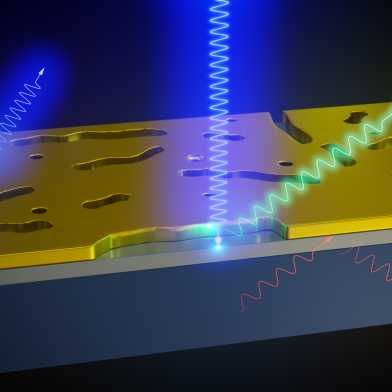
Using a special wafer-thin gold membrane, ETH researchers have made it significantly easier to study surfaces. The membrane makes it possible to measure properties of surfaces that are inaccessible to conventional methods.
An alternative way to manipulate quantum states
News
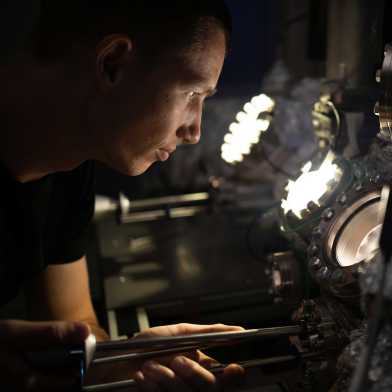
Researchers at ETH Zurich have shown that quantum states of single electron spins can be controlled by currents of electrons whose spins are evenly aligned. In the future, this method could be used in electronic circuit elements.
Electron vortices in graphene detected
News
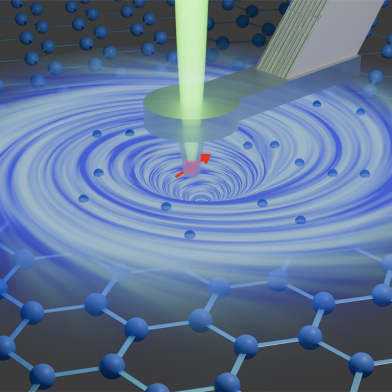
Researchers at ETH Zurich have, for the first time, made visible how electrons form vortices in a material at room temperature. Their experiment used a quantum sensing microscope with an extremely high resolution.
Solving physics puzzles with coloured dots
News
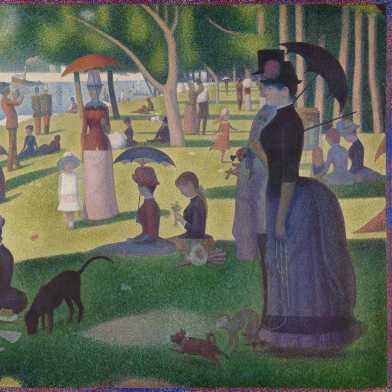
By analysing images made of coloured dots created by quantum simulators, ETH researchers have studied a special kind of magnetism. In the future this method could also be used to solve other physics puzzles, for instance in superconductivity.
Surprising reversal in quantum systems
News
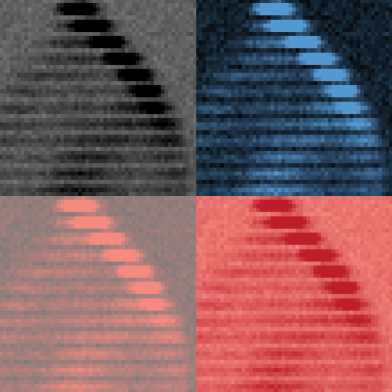
Researchers at ETH Zurich have studied topological effects in an artificial solid, making surprising observations. The new insights into topological pumping could be used for quantum technologies in the future.
A new ion trap for larger quantum computers
News
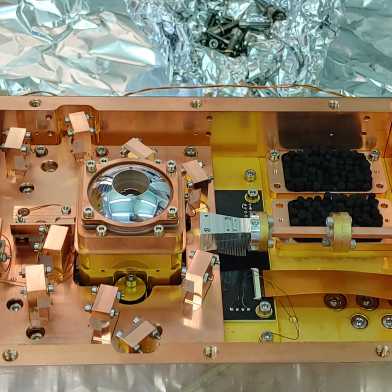
Researchers at ETH have managed to trap ions using static electric and magnetic fields and to perform quantum operations on them. In the future such traps could be used to realize quantum computers with far more quantum bits than have been possible up to now.
How to make bright quantum dots even brighter
News

Researchers at Empa and ETH Zurich have developed methods for making perovskite quantum dots faster and more efficient emitters, thereby significantly improving their brightness. This is relevant for applications in displays as well as in quantum technologies.
Watching electrons at work
News
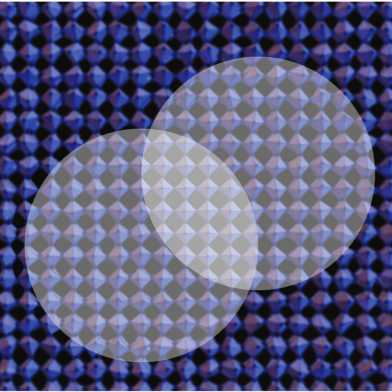
Researchers from ETH Zurich, Empa - Swiss Federal Laboratory for Materials Science and Technology, and Stanford have taken snapshots of the crystal structure of perovskite nanocrystals as it was deformed by excited electrons. To their surprise, the deformation straightened out the skewed crystal structure rather than making it more disordered.
A new kind of magnetism
News

ETH Zurich researchers have detected a new type of magnetism in an artificially produced material. The material becomes ferromagnetic through minimization of the kinetic energy of its electrons.
Planting ideas in a computer’s head
News

Researchers at ETH Zurich have found a new attack on AMD computer chips in which the attacker plants an “idea” in the computer without it noticing. Using that attack, it was possible to leak data from anywhere in the computer’s memory.
An unexpected antenna for nanoscale light sources
News
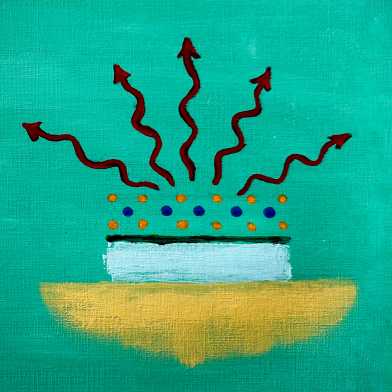
Researchers at ETH have created an antenna for light sources on a chip using an unusual placement of a semiconductor material. In the future, efficient nanoscale LEDs and lasers could be produced in this way.
Fat quantum cats
News

Researchers at ETH Zurich have created the heaviest Schrödinger cat to date by putting a crystal in a superposition of two oscillation states. Their results could lead to more robust quantum bits and help to explain why quantum superpositions are not observed in everyday life.
3D-snapshots of nanoparticles
- News
- Homepage

ETH researchers have managed to take three-dimensional pictures of single nanoparticles using extremely short and strong X-ray pulses. In the future this technique could even be used to make 3D-movies of dynamical processes at the nanoscale.
A twin pack of cooled nanoparticles
News
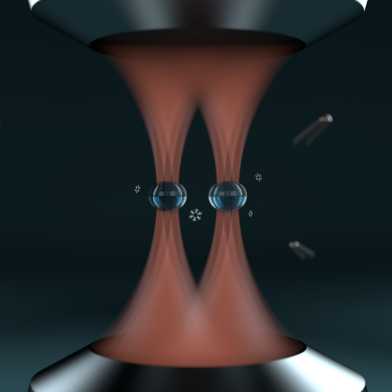
Researchers at ETH have developed a technique to cool several nanoparticles simultaneously to temperatures of just a few thousandths of a degree above absolute zero. This new method can be used to study quantum effects of several nanoparticles and to build highly sensitive sensors.
Attosecond measurement on electrons in water clusters
News

Researchers at ETH Zurich have developed a method that enables time-resolved measurements of electron motion in water clusters lasting only a few attoseconds. The technique can be used for more detailed studies of water as well as faster electronics.
Tunable quantum traps for excitons
News
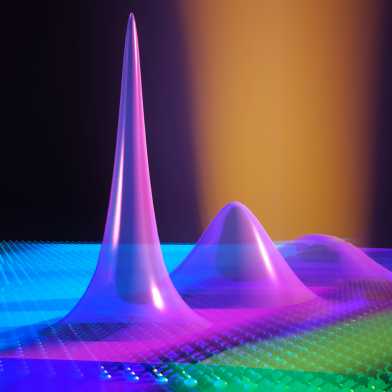
Researchers at ETH Zurich have succeeded for the first time in trapping excitons - quasiparticles consisting of negatively charged electrons and positively charged holes – in a semiconductor material using controllable electric fields. The new technique is important for creating single photon sources as well as for basic research.
Predicting complex dynamics from data
News
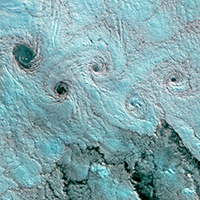
Researchers at ETH Zurich have developed a new algorithm that allows them to model the dynamics of physical systems from observations. In the future it could be applied to the onset of turbulence and tipping points in climate.
Serious security vulnerabilities in computer memories
News

Researchers at ETH Zurich have discovered major vulnerabilities in DRAM memory devices, which are widely used in computers, tablets and smartphones. The vulnerabilities have now been published together with the National Cyber Security Centre, which for the first time has assigned an identification number for it.
An insulator made of two conductors
News
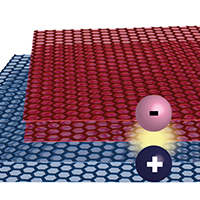
At ETH Zurich researchers have observed a new state of matter: in graphene layers twisted relative to each other, two electrical conductors team up to form an insulator.
A promising breakthrough: Nanocrystals made of amalgam
News
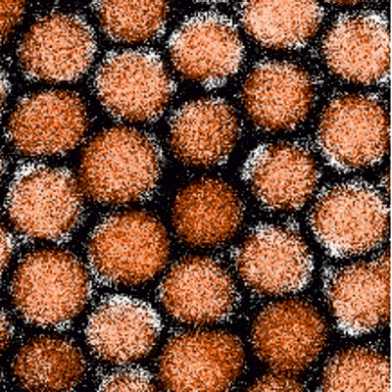
Researchers at ETH have managed to produce nanocrystals made of two different metals using an amalgamation process whereby a liquid metal penetrates a solid one. This new and surprisingly intuitive technique makes it possible to produce a vast array of intermetallic nanocrystals with tailored properties for diverse applications.
Nanosphere at the quantum limit
News
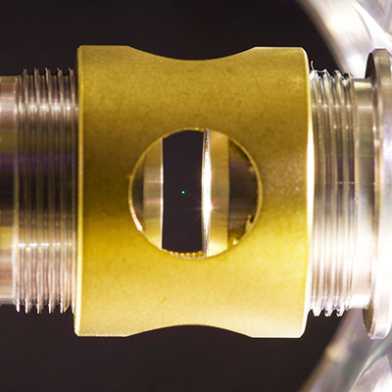
Researchers at ETH Zurich have trapped a tiny sphere measuring a hundred nanometres using laser light and slowed down its motion to the lowest quantum mechanical state. Based on this, one can study quantum effects in macroscopic objects and build extremely sensitive sensors.
A crystal made of electrons
News
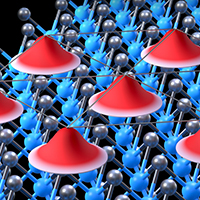
Researchers at ETH Zurich have succeeded in observing a crystal that consists only of electrons. Such Wigner crystals were already predicted almost ninety years ago but could only now be observed directly in a semiconductor material.
A material-keyboard made of graphene
News
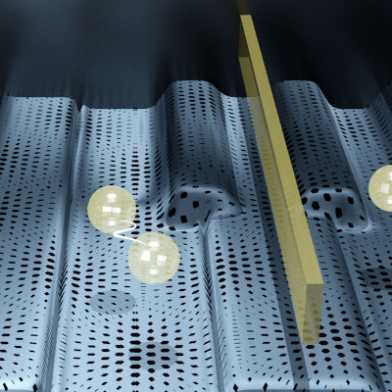
Researchers at ETH Zurich have succeeded in turning specially prepared graphene flakes either into insulators or into superconductors by applying an electric voltage. This technique even works locally, meaning that in the same graphene flake regions with completely different physical properties can be realized side by side.
Solar activity reconstructed over a millennium
News
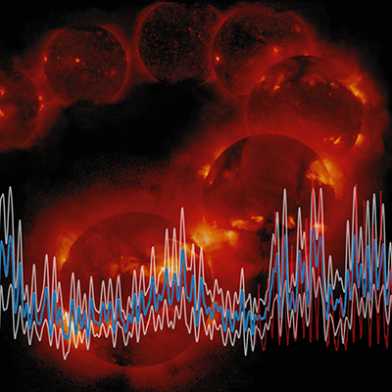
An international team of researchers led by ETH Zurich has reconstructed solar activity back to the year 969 using measurements of radioactive carbon in tree rings. Those results help scientists to better understand the dynamics of the sun and allow more precise dating of organic materials using the C14 method.
Optical wiring for large quantum computers
News
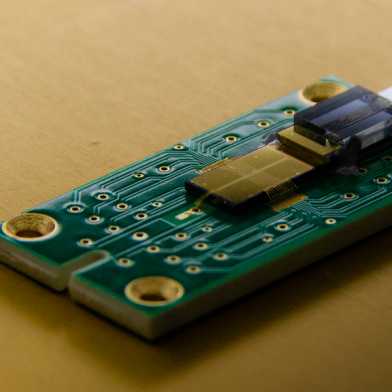
Researchers at ETH have demonstrated a new technique for carrying out sensitive quantum operations on atoms. In this technique, the control laser light is delivered directly inside a chip. This should make it possible to build large-scale quantum computers based on trapped atoms.
Well-formed disorder for versatile light technologies
News

Researchers at ETH have managed to make an efficient material for broadband frequency doubling of light using microspheres made of disordered nanocrystals. The crucial idea for the method arose during a coffee break. In the future, the new approach could be used in lasers and other light technologies.
Outsmarting self-organization
News
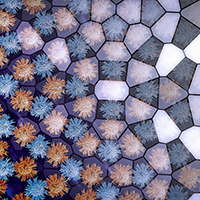
Researchers at ETH Zurich have coaxed tiny spheres made of polymer gels into forming complex patterns by themselves through a two-step process. Surfaces with tailor-made optical and mechanical properties could be realized in this way.
A new theory for Semiconductors made of nanocrystals
News
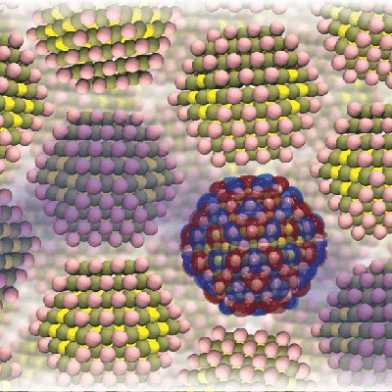
Researchers at ETH have provided the first theoretical explanation for how electrical current is conducted in semiconductors made of nanocrystals. In the future, this could lead to the development of new sensors, lasers or LEDs for TV screens.
Wavy surfaces for better light control
News
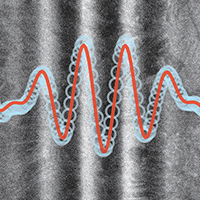
Researchers at ETH Zurich have developed a method for the production of wavy surfaces with nanometre precision. In the future this method could be used, for instance, to make optical components for data transmission on the internet even more efficient and compact.
Combining magnetic data storage and logic
Globe magazine
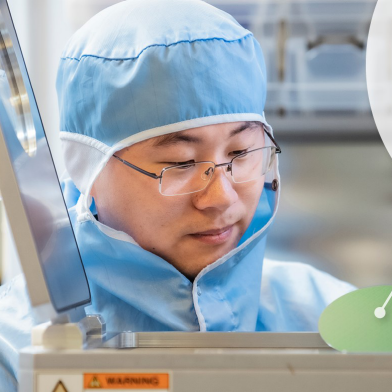
Computers normally store and process data in separate modules. But now researchers at ETH Zurich and the Paul Scherrer Institute have developed a method that allows logical operations to be performed directly within a memory element.
Surprisingly strong and deformable silicon
News
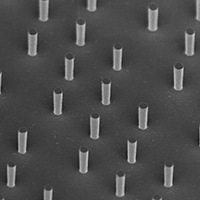
Researchers at ETH and Empa have shown that tiny objects can be made from silicon that are much more deformable and stronger than previously thought. In this way, sensors in smartphones could be made smaller and more robust.
A material with a particular twist
News
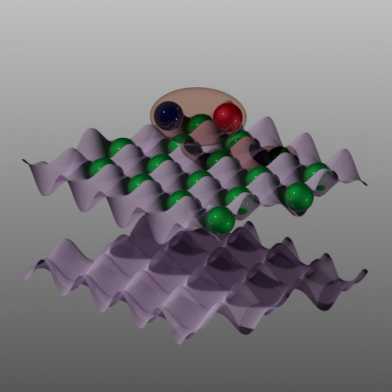
In a material made of two thin crystal layers that are slightly twisted with respect to each other, researchers at ETH have studied the behaviour of strongly interacting electrons. Doing so, they found a number of surprising properties.
Longest microwave quantum link
News
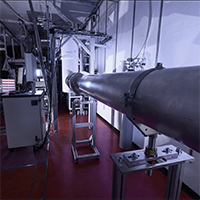
Physicists at ETH Zurich have demonstrated a five-metre-long microwave quantum link, the longest of its kind to date. It can be used both for future quantum computer networks and for experiments in basic quantum physics research.
Time-resolved measurement in a memory device
News
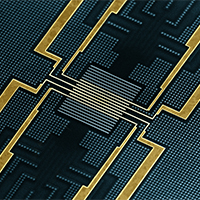
Researchers at ETH have measured the timing of single writing events in a novel magnetic memory device with a resolution of less than 100 picoseconds. Their results are relevant for the next generation of main memories based on magnetism.
A fast light detector made of two-dimensional materials
News

Two research groups at ETH Zurich have joined forces to develop a novel light detector. It consists of two-dimensional layers of different materials that are coupled to a silicon optical waveguide. In the future, this approach can also be used to make LEDs and optical modulators.
Unexpected twist in a quantum system
News
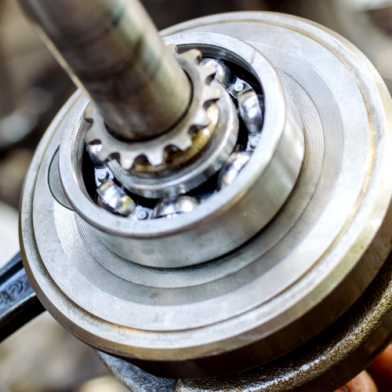
Physicists at ETH Zurich have observed a surprising twist in a quantum system caused by the interplay between energy dissipation and coherent quantum dynamics. To explain it, they found a concrete analogy to mechanics.
A super-fast “light switch” for future cars and computers
News
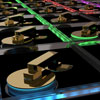
Switching light beams quickly is important in many technological applications. Researchers at ETH have now developed an “electro-opto-mechanical” switch for light beams that is considerably smaller and faster than current models. This is relevant for applications such as self-driving cars and optical quantum technologies.
Artificial intelligence probes dark matter in the universe
News
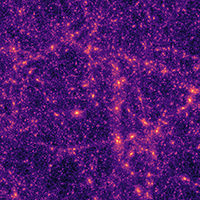
A team of physicists and computer scientists at ETH Zurich has developed a new approach to the problem of dark matter and dark energy in the universe. Using machine learning tools, they programmed computers to teach themselves how to extract the relevant information from maps of the universe.
3D printing of metallic micro-objects
News
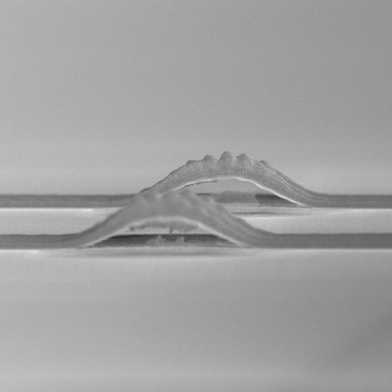
3D printing has become an increasingly important production method. Researchers at ETH have now developed a new 3D printing technique by which micrometre-sized objects made of several metals can be produced with high spatial resolution.
Fluctuations in the void
News

In quantum physics the vacuum is not empty, but rather steeped in tiny fluctuations of the electromagnetic field. Until recently it was impossible to study those vacuum fluctuations directly. Researchers at ETH Zurich have developed a method that allows them to characterize the fluctuations in detail.
Data transfer by controlled noise
News

In information technology, multiplexing schemes are used to transmit more signals than the number of available transmission channels. Researchers at ETH in Zurich have invented a novel method whereby information is encoded in the correlated noise between spatially separated light waves.
Immunising quantum computers against errors
News
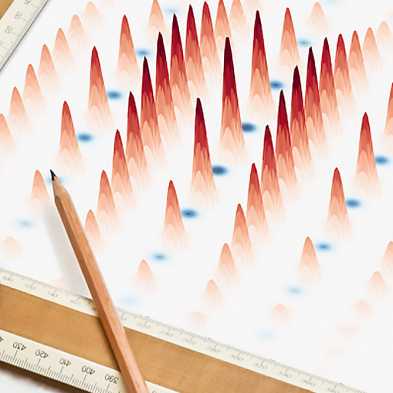
Researchers at ETH Zurich have used trapped calcium ions to demonstrate a new method for making quantum computers immune to errors. To do so, they created a periodic oscillatory state of an ion that circumvents the usual limits to measurement accuracy.
Repulsive photons
News
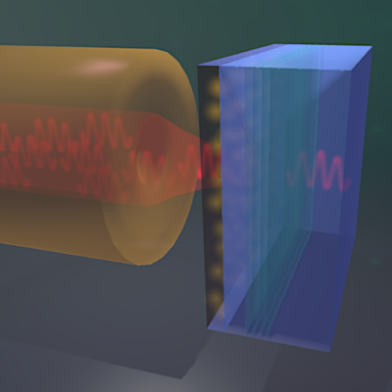
Light particles normally do not «feel» each other because there is no interaction acting between them. Researchers at ETH have now succeeded in manipulating photons inside a semiconductor material in such a way as to make them repel each other nevertheless.
Millimetre waves for the last mile
News

Reseachers at ETH Zurich have developed a modulator with which data transmitted via millimetre waves can be directly converted into light pulses for optical fibres. This could make covering the “last mile” up to the internet socket at home considerably faster and cheaper.
Materials of the future
News
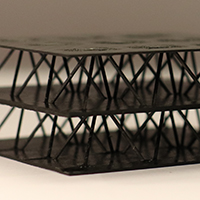
In Paolo Ermanni’s laboratory at the ETH in Zurich, the composite materials of the future are developed. By optimizing the core elements of sandwich structures, the researchers create materials that are extremely light, robust and adaptable at once – and thus ideal for aerospace applications.
Perfect inversion
News
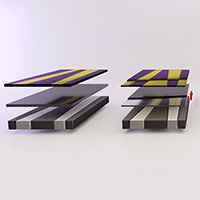
Perfectly inverting complex structures is of great technical importance. Researchers at ETH have now succeeded in turning the magnetic and electric structure of materials into their opposites using a single magnetic field pulse.
A spin trio for strong coupling
News
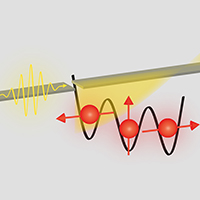
To make qubits for quantum computers less susceptible to noise, the spin of an electron or some other particle is preferentially used. Researchers at ETH Zurich have now developed a method that makes it possible to couple such a spin qubit strongly to microwave photons.
The world’s fastest rotation
News
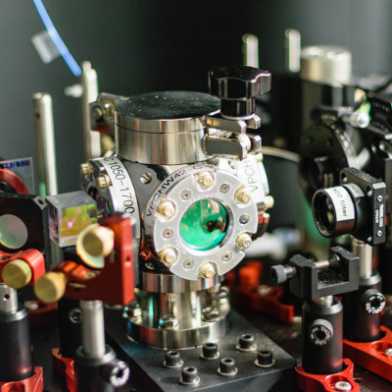
Researchers at ETH have made a nanoparticle turn around its own axis a billion times per second. From such measurements of rotating particles, the scientists hope to obtain new insights into the behaviour of materials under extreme stress.
The photoelectric effect in stereo
News
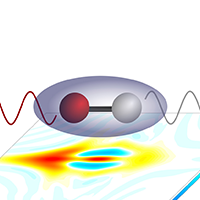
In the photoelectric effect, a photon ejects an electron from a material. Researchers at ETH have now used attosecond laser pulses to measure the time evolution of this effect in molecules. From their results they can deduce the exact location of a photoionization event.
Quantum transfer at the push of a button
News
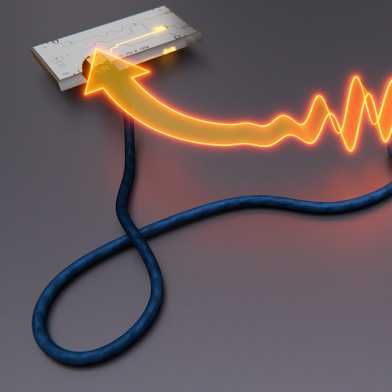
In the new quantum information technologies, fragile quantum states have to be transferred between distant quantum bits. Researchers at ETH have now realized such a quantum transmission between two solid-state qubits at the push of a button.
A receiver for touch communication
News
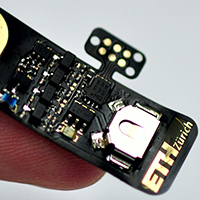
Battery lifetime is an important issue in wearable devices. Ideally, they should always be ready to receive control signals without consuming a lot of power. Researchers at ETH Zurich have now developed a zero-power receiver for touch communication that harvests its energy directly from the signal.
Teaching quantum physics to a computer
News

An international collaboration led by ETH physicists has used machine learning to teach a computer how to predict the outcomes of quantum experiments. The results could prove to be essential for testing future quantum computers.
A look into the fourth dimension
News
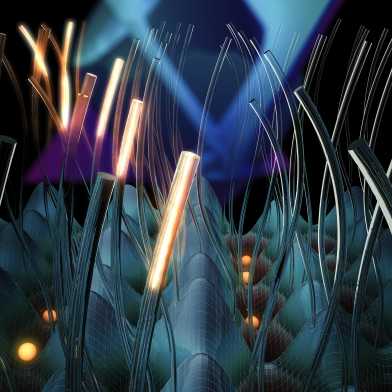
In our daily experience space has three dimensions. Recently, however, a physical phenomenon that only occurs in four spatial dimensions could be observed in two experiments. The theoretical groundwork for those experiments was laid by an ETH researcher.
Real-time observation of collective quantum modes
News
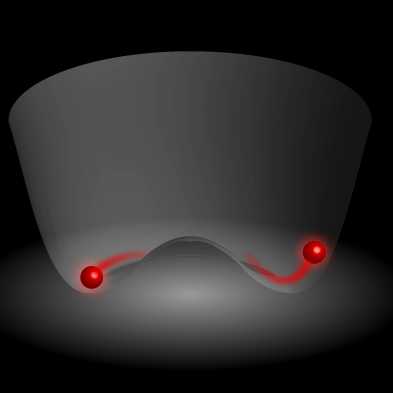
When symmetries in quantum systems are spontaneously broken, the collective excitation modes change in characteristic ways. Researchers at ETH have now directly observed such Goldstone and Higgs modes for the first time.
A microscope for magnetic atoms
News
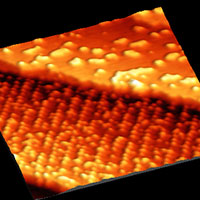
Scanning tunnelling microscopes can make individual atoms of a material visible. Researchers at ETH Zurich have now also measured their magnetization using such a microscope. The new technology could be used in magnetic imaging as well as in magnetic information processing.
A miniature laser-like device for surface plasmons
News
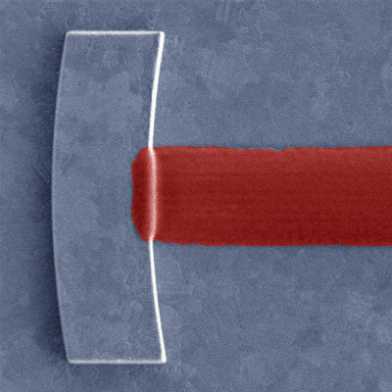
Researchers at ETH Zurich have developed a miniature device capable of producing laser-like beams of a particular kind of electromagnetic wave called a surface plasmon. Surface plasmons can be focused much more tightly than light waves, making them useful for applications such as sensing.
Rapid imaging of granular matter
News
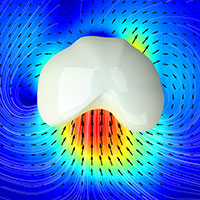
Granular systems such as gravel or powders can be found everywhere, but studying them is not easy. Researchers at ETH Zurich have now developed a method by which pictures of the inside of granular systems can be taken ten thousand times faster than before.
Fast magnetic writing of data
News

Magnetic data storage has long been considered too slow for use in the working memories of computers. Researchers at ETH have now investigated a technique by which magnetic data writing can be done considerably faster and using less energy.
A levitated nanosphere as an ultra-sensitive sensor
News
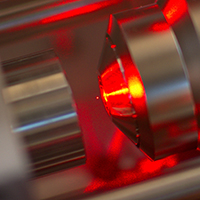
Sensitive sensors must be isolated from their environment as much as possible to avoid disturbances. Scientists at ETH Zurich have now demonstrated how to remove from and add elementary charges to a nanosphere that can be used for measuring extremely weak forces.
Quantum-aided frequency measurements
News
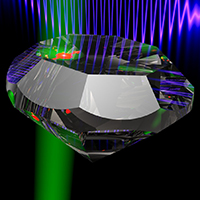
Accurate measurements of the frequencies of weak electric or magnetic fields are important in many applications. Researchers at ETH Zurich have now developed a procedure whereby a quantum sensor measures the frequency of an oscillating magnetic field with unprecedented accuracy.
One laser is enough
News
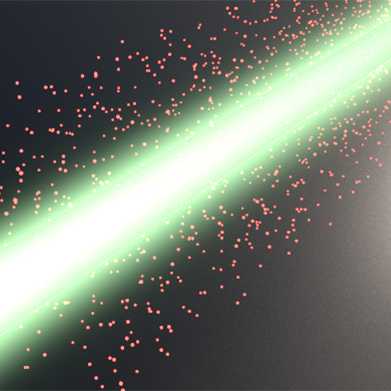
Gases in the environment can be spectroscopically probed fast and precisely using so-called dual frequency combs. Researchers at ETH have now developed a method by which such frequency combs can be created much more simply and cheaply than before.
Artificial magnetic fields for photons
News
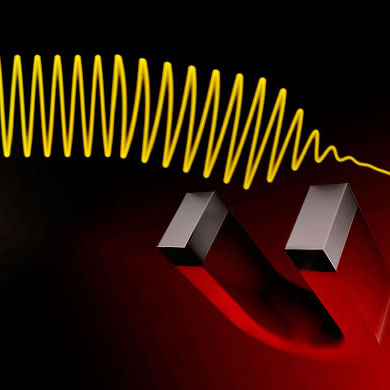
Light particles do not usually react to magnetic fields. Researchers at ETH Zurich have now shown how photons can still be influenced by electric and magnetic fields. In the future that method could be used to create strong artificial magnetic fields for photons.
Temperature sensor for artificial skin
News
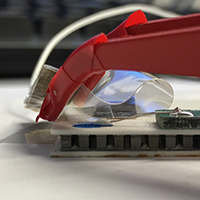
The capacity to detect temperature changes is an important function of the human skin. Researchers at ETH Zurich have now developed a highly sensitive and, at the same time, flexible temperature sensor, which could soon be used in prosthetic limbs and robotic arms.
Hot on the heels of quasiparticles
News
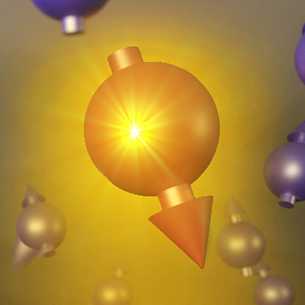
Electrons in a solid can team up to form so-called quasiparticles, which lead to new phenomena. Physicists at ETH in Zurich have now studied previously unidentified quasiparticles in a new class of atomically thin semiconductors. The researchers use their results to correct a prevailing misinterpretation.
Metal in chains
News
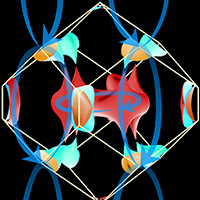
The electronic energy states allowed by quantum mechanics determine whether a solid is an insulator or whether it conducts electric current as a metal. Researchers at ETH have now theoretically predicted a novel material whose energy states exhibit a hitherto unknown peculiarity.
Electrons at the speed limit
News
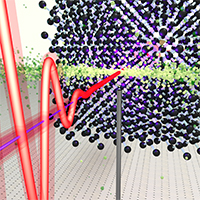
Electronic components have become faster and faster over the years, thus making powerful computers and other technologies possible. Researchers at ETH Zurich have now investigated how fast electrons can ultimately be controlled with electric fields. Their insights are of importance for the petahertz electronics of the future.
First creation of huge quantum states with oscillating ions
News
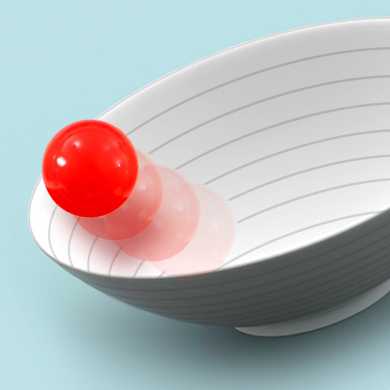
For years physicists have strived to control the quantum states of atoms or molecules very accurately. Researchers at ETH Zurich have now established a record for the size of quantum states generated with massive particles. Their technique could be used to make quantum computers faster.
Three-way battles in the quantum world
News
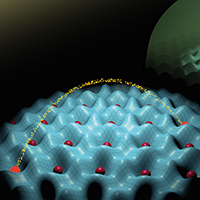
In phase transitions, for instance between water and water vapour, the motional energy competes with the attractive energy between neighbouring molecules. Physicists at ETH Zurich have now studied quantum phase transitions in which distant particles also influence one another.
Faster entanglement of distant quantum dots
News
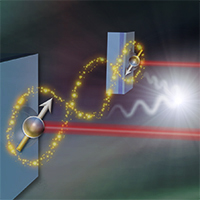
Entanglement between distant quantum objects is an important ingredient for future information technologies. Researchers at the ETH have now developed a method with which such states can be created a thousand times faster than before.
Surprising discovery of a new particle
News
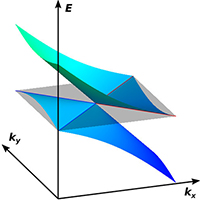
Studying peculiar properties of a long known metallic material researchers have chanced upon a new particle. It is related to the so-called Weyl fermions that the mathematician Hermann Weyl predicted almost ninety years ago. Weyl had overlooked the particle, which could have interesting applications in electronics.
A resonator for electrons
News
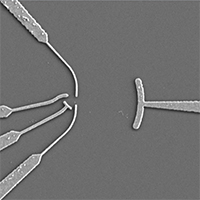
Resonators are an important tool in physics. The curved mirrors inside the resonators usually focus light waves that act, for instance, on atoms. Physicists at ETH Zurich have now managed to build a resonator for electrons and to direct the standing waves thus created onto an artificial atom.
Smaller, faster, cheaper
News
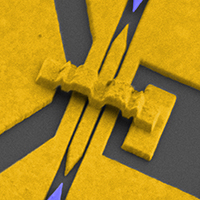
Transmitting large amounts of data, such as those needed to keep the internet running, requires high-performance modulators that turn electric signals into light signals. Researchers at ETH Zurich have now developed a modulator that is a hundred times smaller than conventional models.
Soundproofing with quantum physics
News

Sebastian Huber and his colleagues show that the road from abstract theory to practical applications needn’t always be very long. Their mechanical implementation of a quantum mechanical phenomenon could soon be used for soundproofing purposes.
Squeezed quantum cats
News

ETH professor Jonathan Home and his colleagues reach deep into their bag of tricks to create so-called “squeezed Schrödinger cats”. These quantum systems could be extremely useful for future technologies.